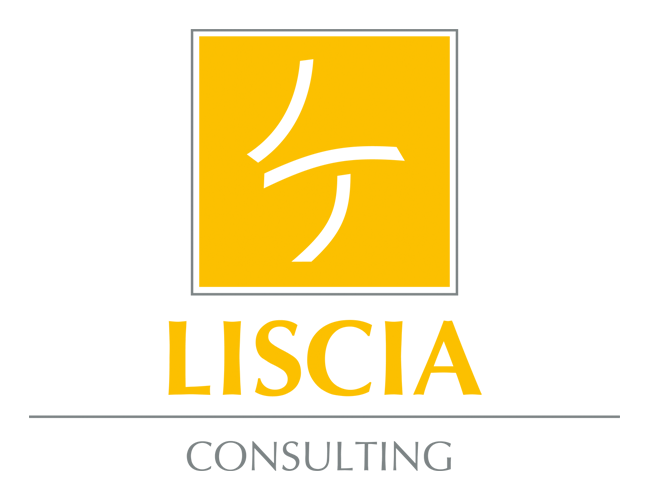Before answering this question, it makes sense to first explain what coaching is and our interpretation of it. […]
In the States, this form of coaching entered the business world during the 1970s. Germany picked up the trend around the mid-80s. Since then, especially since the turn of the century, you can be coached in practically every aspect of your life. […]
In the broadest sense, coaching is a structured dialogue taking place during a transitional process. Coaches provide coachees the desired support in discovering alternatives and options via self-reflection.
Specifically, coaching is offers an open conversation in a space encouraging reflection. Your sparring partner is the coach, bound by an oath of confidentiality, who guides you to and through your self-reflection. Whatever arises in the space, stays in the space. You have your coach’s undivided attention, asking the right questions at the right time. As Friedemann Schulz von Thun so aptly put it, “Wouldn’t it be nice if you didn’t have to huddle alone, brooding, but had someone to talk to and advise you? To have a kind, clever person by your side, helping you untangle the knots in the hundred different threads in your head? To have someone who listens deeply and, at the moment it most counts, says the right thing, or, more importantly, asks just the right question? […] Someone who lends you their eyeglasses so you see everything with their eyes, and then suddenly switches glasses and you see a whole new picture? Someone who appreciates and respects you, but does not hesitate to give you clear, constructive criticism?”
The primary goal throughout your entire coaching experience, is to bring clarity to your situation, making it possible for you to come to a decision. You unearth your options and alternatives yourself. A coach never offers a solution, the answers come from inside you, you hold the reins. A coach provides self-help guidance.
In the process, you discover and apply the strengths and resources drawn from your current situation in order to create a new one or reach a completely new destination. Here is a simple example: A leader, who has been working a 90 to 120-hour week, would like to distinctly reduce her workload. The qualities creating the work overload were primarily consistency, discipline, a sense of duty and stamina. She now wishes to shift the focus of these qualities to her leisure time, family and relaxation.
This does not mean that coaching is limited to the executive level. Coaching is for anyone, including novice leaders or those of you who are neither leaders, nor aspire to become one. All the same, there are leadership issues that are exclusive to the position. Reflecting on them with your employees or speaking about them with your colleagues would be inappropriate. If you are already at the top of the hierarchy, there’s no one above you to offer guidance. Therefore, it is absolutely vital that leaders facing a demanding challenge seek out a sparring partner.
Typical occasions calling for business coaching are organization, conflict resolution, careers, employee development and strategic areas. Who or what needs to change decides who should seek out a coach, and who shouldn’t.
Once this is clear, the process begins by examining the status quo: What are your behavior patterns? Your principles and values? How would you basically describe your life and daily routine?
In the next step, you outline what should change. Together with your coach, you solidify and define precisely what this change means for you, triggering not only your own doubts, but those working or living closest to you. These are also given sufficient space to be spoken and heard. Any change you initiate automatically brings change to your immediate family and colleagues. So, it is important to include them. These outer doubts can range from a lack of acceptance to resistance or to intentionally placed obstacles. You need to be prepared for that. But your own doubts – Does this make sense? Am I really up to it? – also show themselves. Your coach helps you find ways to confront/counteract your doubts.
After defining what, the next question is how, which is usually still wide open. At this point, it might be a good idea to move from conventional coaching to hybrid coaching. Hybrid originally meant the offspring of two varieties of the same species (wild boar/tame sow). A hybrid car combines an electric motor with a combustion motor.
In coaching, hybrid has come to indicate a blending or mixture of varying supportive or learning disciplines. Hybrid coaching still has coaching at its core, yet we will also introduce training elements when both of us (coach and coachee) feel they support your goals. [..]
An excerpt from the book “Leadership is More – 27 Questions We Too Can Answer” written by Gianni, Jan & Marcello Liscia, 2022



